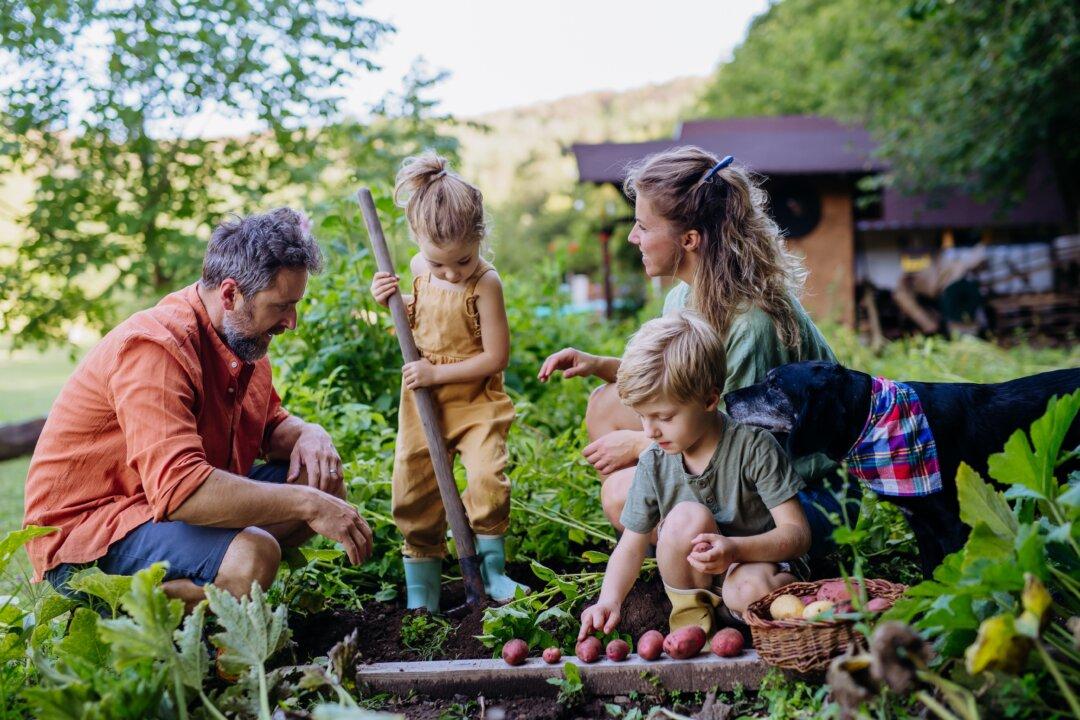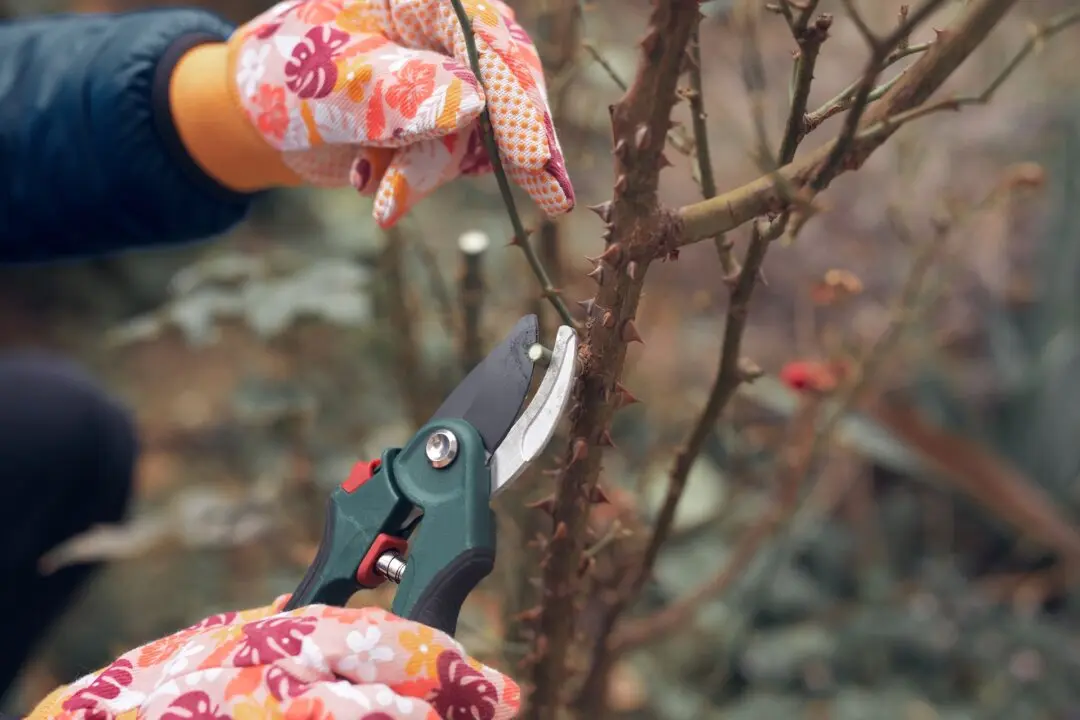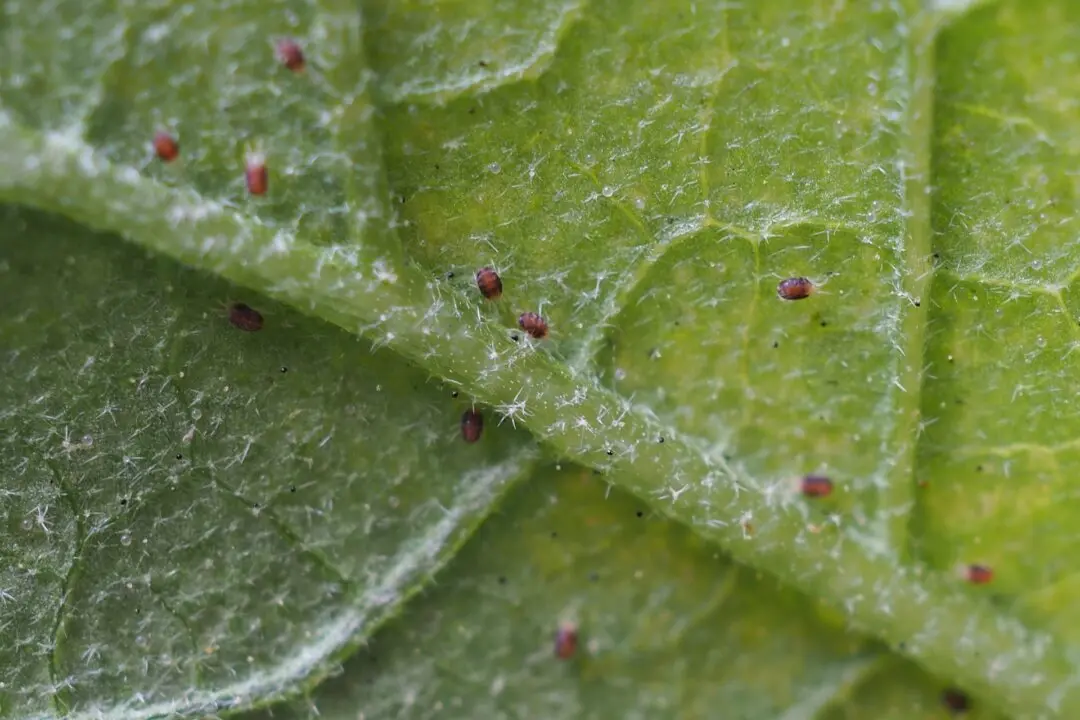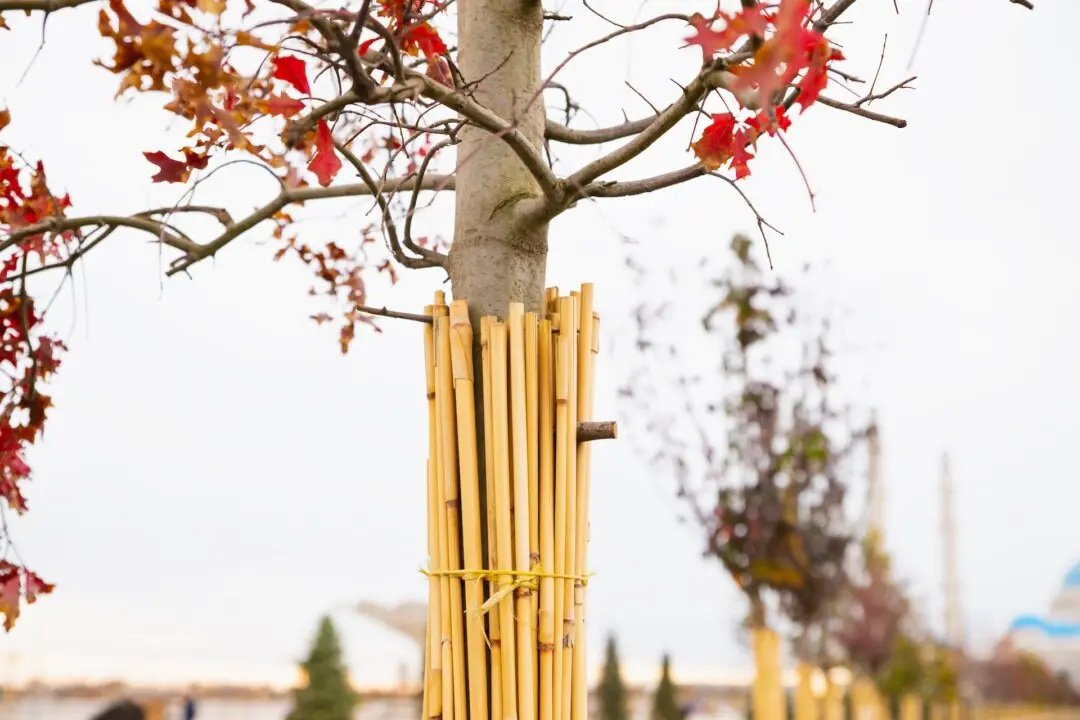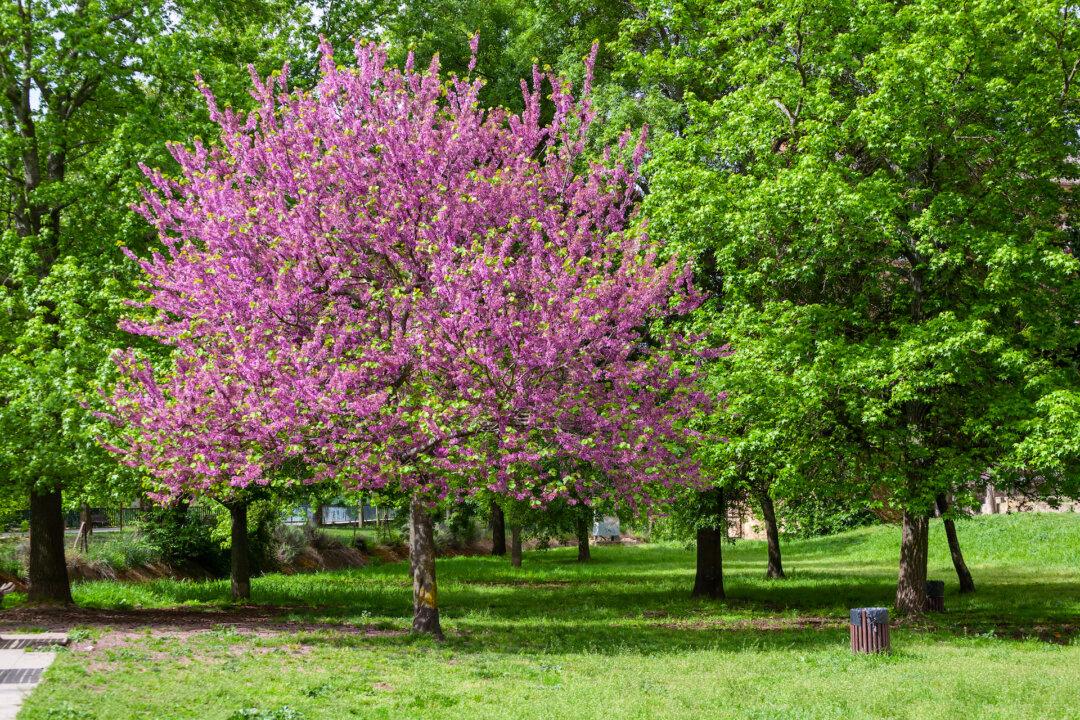Q: I think I remember you writing one time that a fall garden would be easier to take care of and that it should be planted in the middle of the summer. Am I right? What should I plant?
A: You are right. Planting a fall vegetable garden is a good idea, and now is the time to start planting it for many people around the country.

